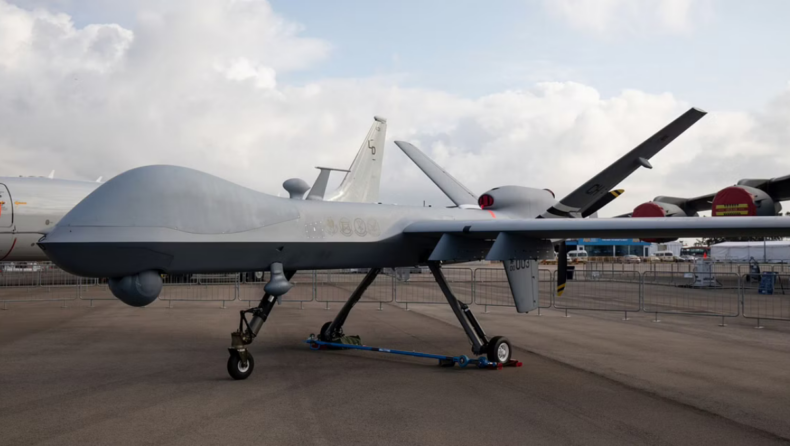With the deployment of the Turkish-made TB2 drones by Ukraine, which has been used for both reconnaissance as well as strikes, these drones have been very effective in preventing Russian ground troops advancement which has left Russia with no option but to ask for help from its best and most trusted ally, China.

The Biden administration has been persuading Beijing because of its ties with Moscow to help end the conflict which has already claimed thousands of lives and has left millions homeless.
Biden’s top advisers have pressured China to enforce sanctions on Russia’s economy which has been imposed by the US and its allies around the world but with the present relation between China and US, it’s very unlikely to happen.
Adding oil to already blazing fire, the US has warned China of consequences if it helps Russia evade sanctions in its invasion of Ukraine.
Kremlin’s press secretary and President Putin’s spokesman Dmitry Peskov denied the existence of any reports which suggests Russia had asked China for military assistance and also quoted “Russia possesses its independent potential to continue the operation.
It is going according to plan and will be completed on time and in full”.
Meanwhile, all signs indicate China’s willingness to provide military assistance to Russia but for now Chinese foreign ministry have accused the US of spreading false information to mislead.
Why drones are so important?
Drones are some of the latest remotely operated military aircraft and some of the latest in China’s arsenal. These can act as a swarm of bees where each individual knows what it must do and some can even go undetected from enemy radar.
Beijing has said China’s modernization includes building more sophisticated drones and this came out of the times when tension is max between US and China.
China’s military spending is lower than the US and to counter this Beijing has been dedicating a growing budget to military equipment especially drones.
Chinese drones may not have much battlefield experience as the American made ones, we can compare different models to see how Beijing is pushing new designs and capabilities to better equip its military for possible future conflicts most notably Taiwan.
Tech and design behind these drones
Drones offer options unavailable to manned aircraft with a far lower risk of human causality since they can be remotely operated or autonomously follow pre-programmed paths.
The first generation of Chinese unmanned aircraft CH-4 is an exact derivative of the US predator drone not only in design but also in features.
China is tweaking the design of its drone to accommodate wherever its military is likely to deploy them. Like the Global Hawk from the US military, the Chinese military claims the WZ-7 is capable of operating at higher altitudes to conduct surveillance missions.

But the US drone is much larger and can fly for a longer period providing it with an upper hand but WZ-7 probably is going to be used in the region or maritime space and that area’s the Chinese don’t need long endurance.
What it does need is the ability to navigate in unstable and turbulent weather conditions in the regions like typhoons. To counter this WZ-7 is designed with two sets of overlapping wings which the Chinese military says creates more airborne stability.
Besides design, China is also considering the number of drones that they can deploy at the same time. They already have one in the line-up which is the Golden eagle 150B which can drop small bombs and China has clear intentions for the places to be used and numbers to be deployed.
China hasn’t demonstrated these drones but has shown how the bee swarming technique consisting of drones can work through another aircraft. If this technique can work in the real world, then this cheaper unit could help exhaust an enemy’s missile defense system.
Another approach that China is taking is combining the best features from multiple aircraft and the most resonating example of this tactic is China’s GJ-11 which is a fully automated reconnaissance combat drone very similar to the B2 bomber.
An example is the flying wing design of the aircraft which deflects radar signals but for now, there’s some distance between development and deployment.

Conclusion
China hasn’t used its drone in real warfare scenarios but over the past decade, the country has exported over 200 drones to 16 countries.
With increased autonomy, there’re ways these drones could be hacked, jammed or disrupted and also the greater risk of completely unacceptable failures, especially in critical moments.
Despite all these concerns, China is quickly advancing not just the development of drones but other parts of its arsenal which is concerning not only for the neighbors of Beijing but for the whole world.
Published By – Damandeep Singh
Edited By-Kritika Kashyap













